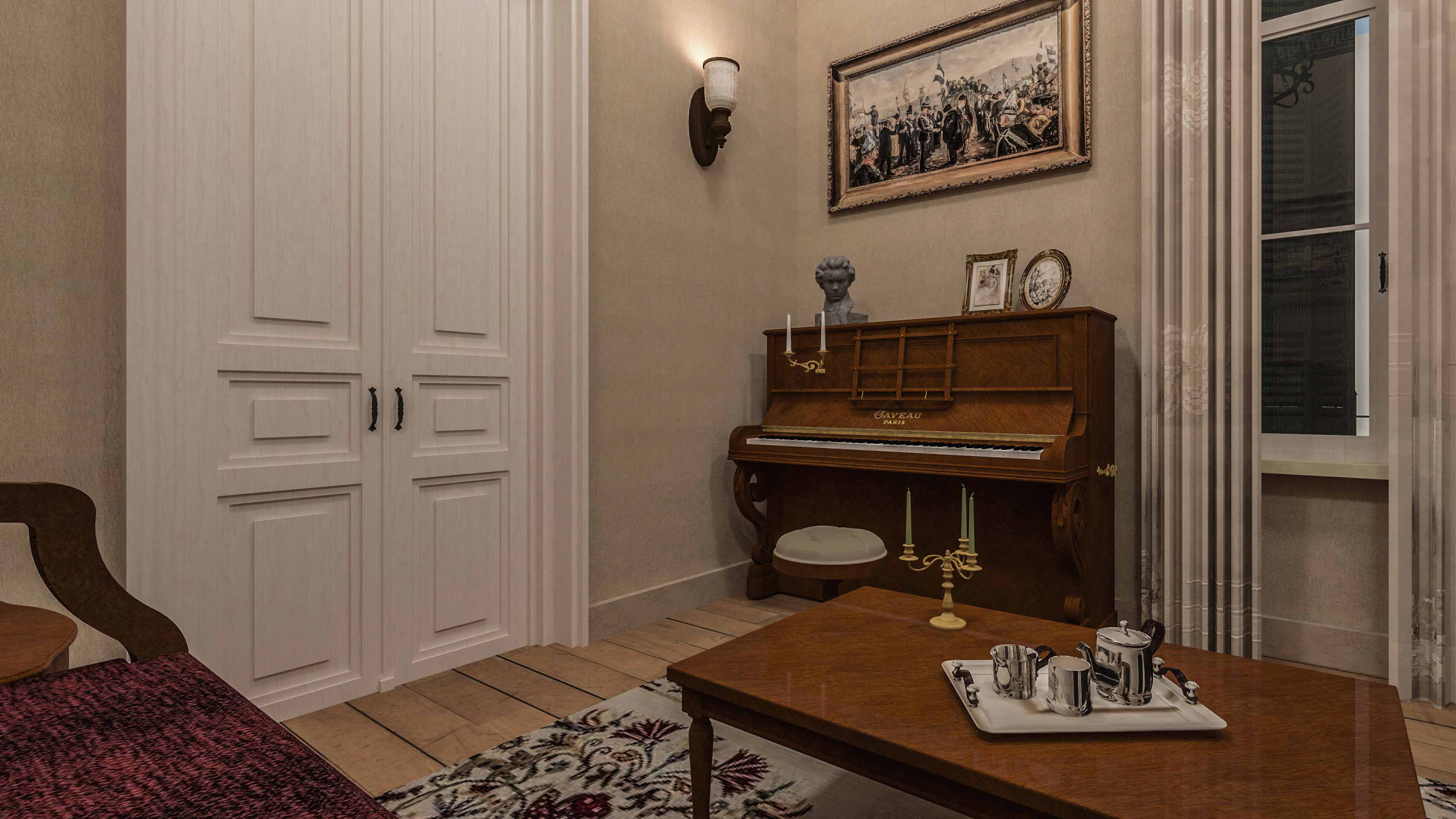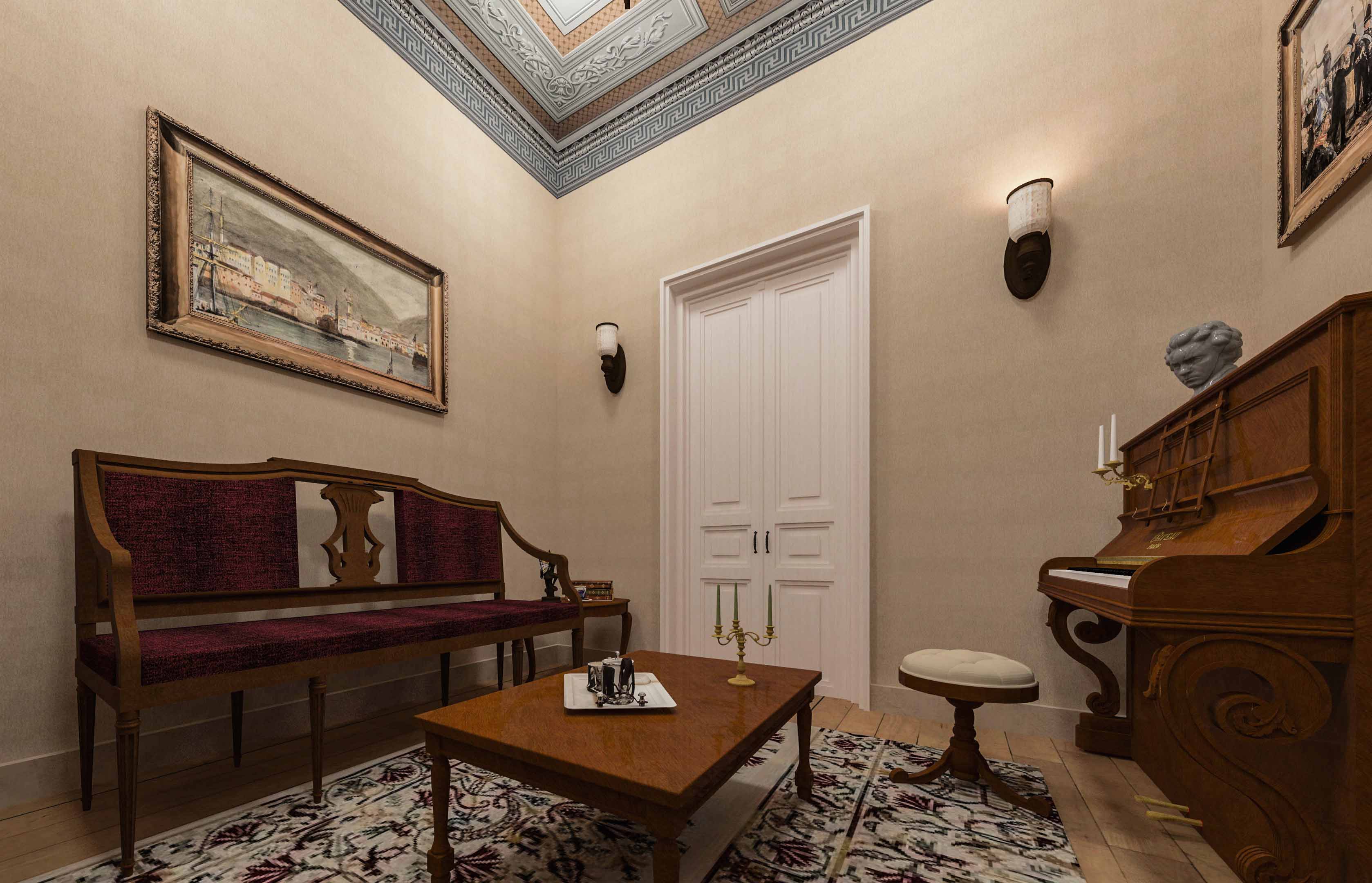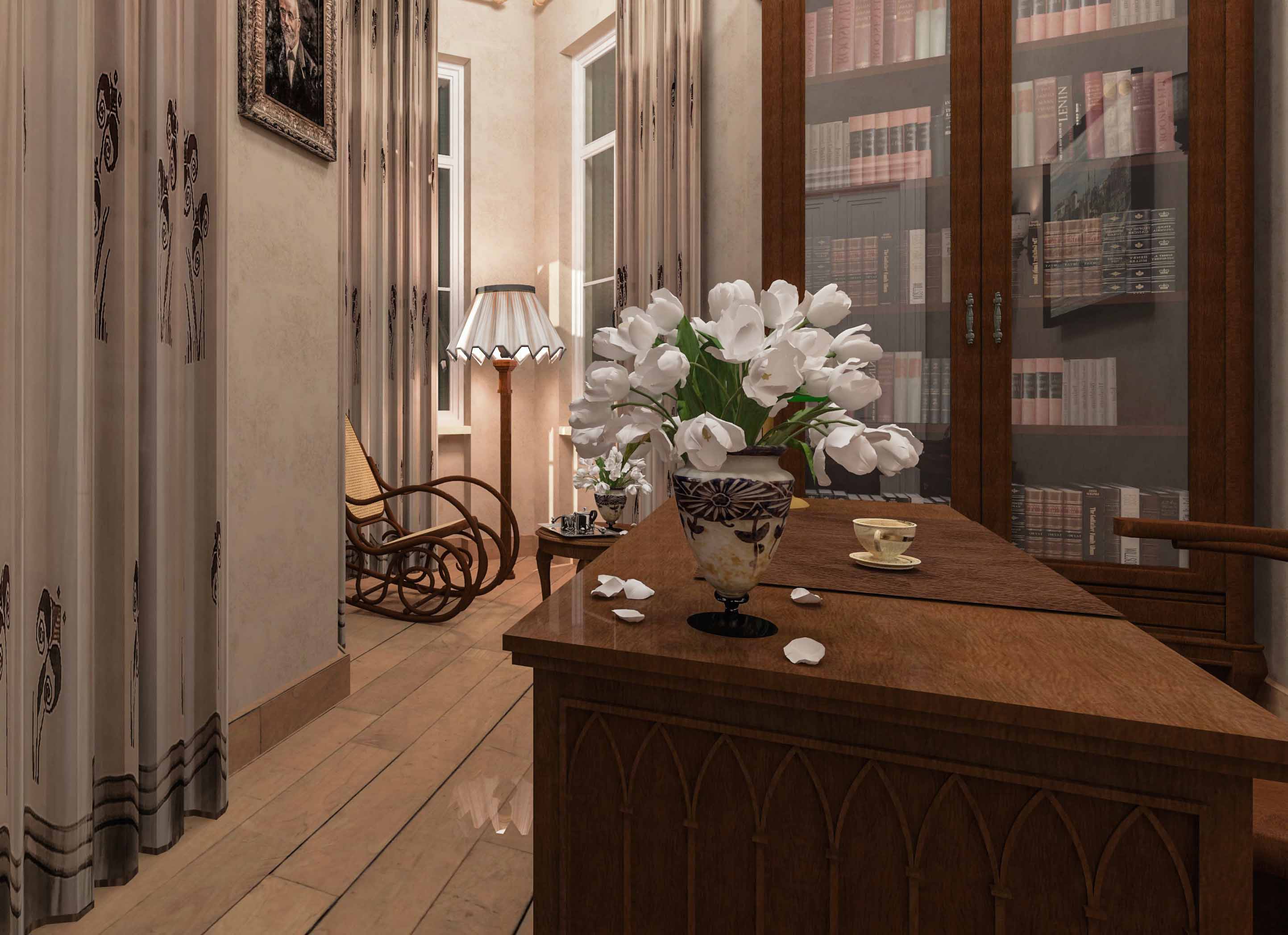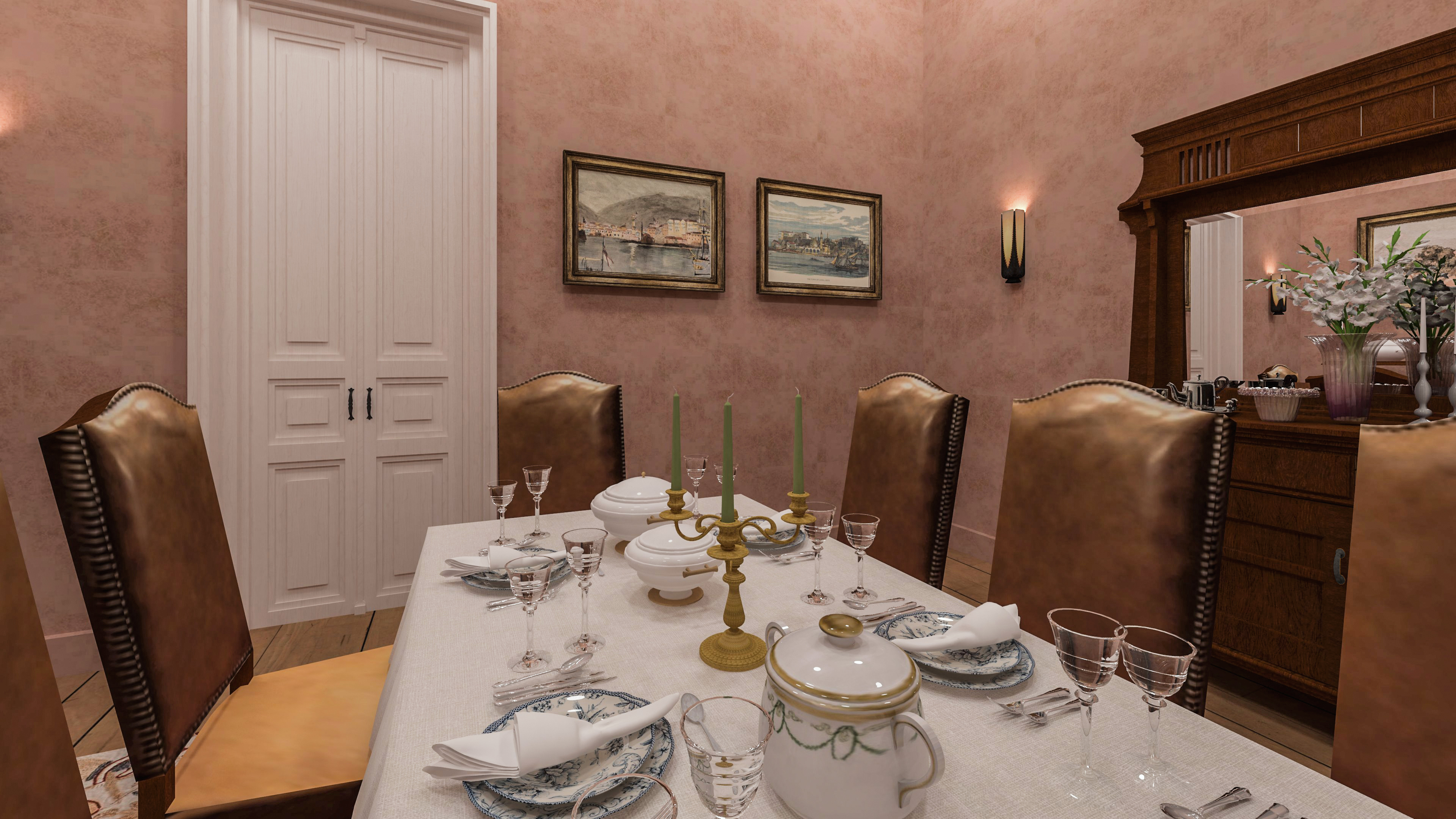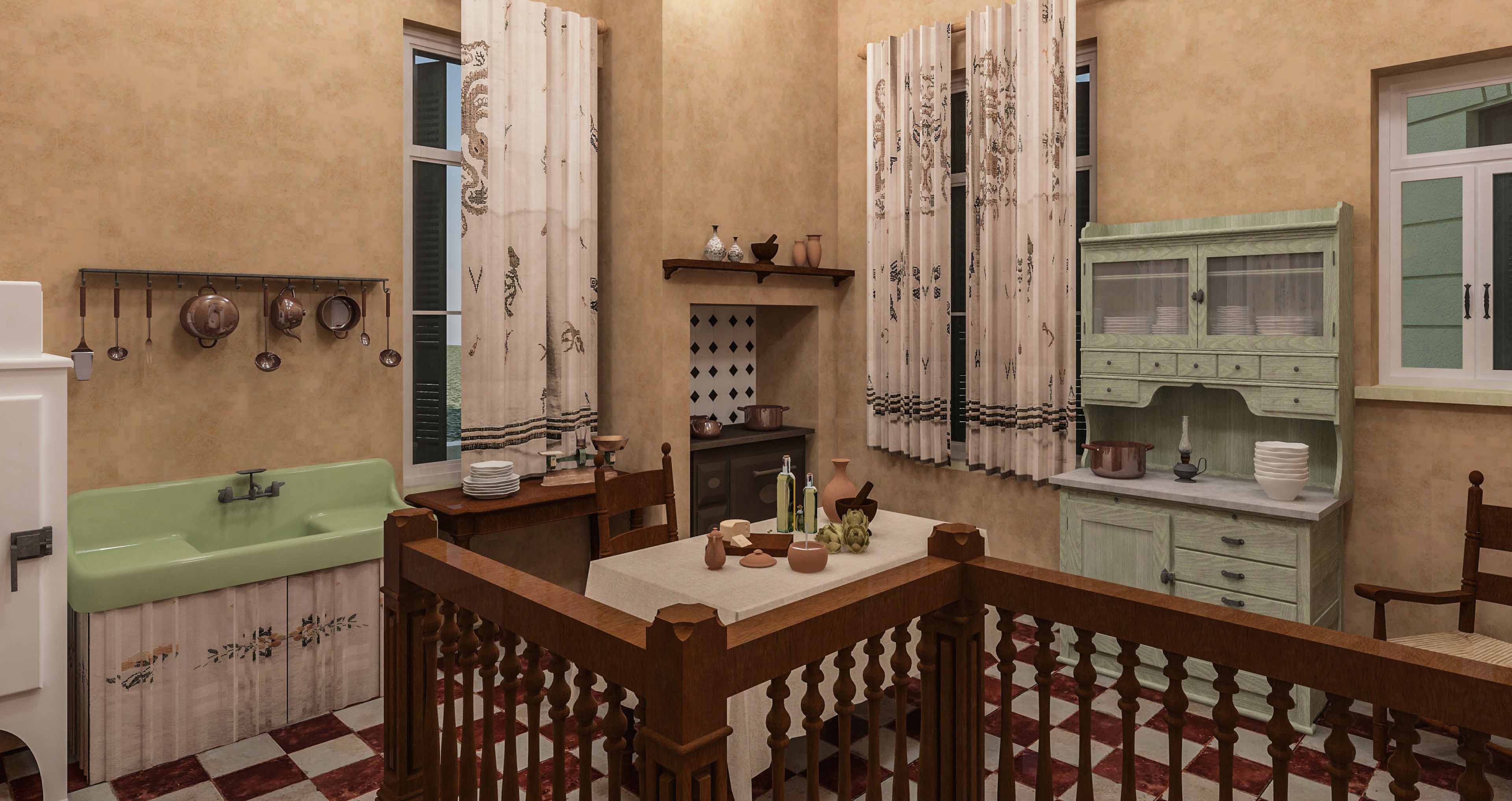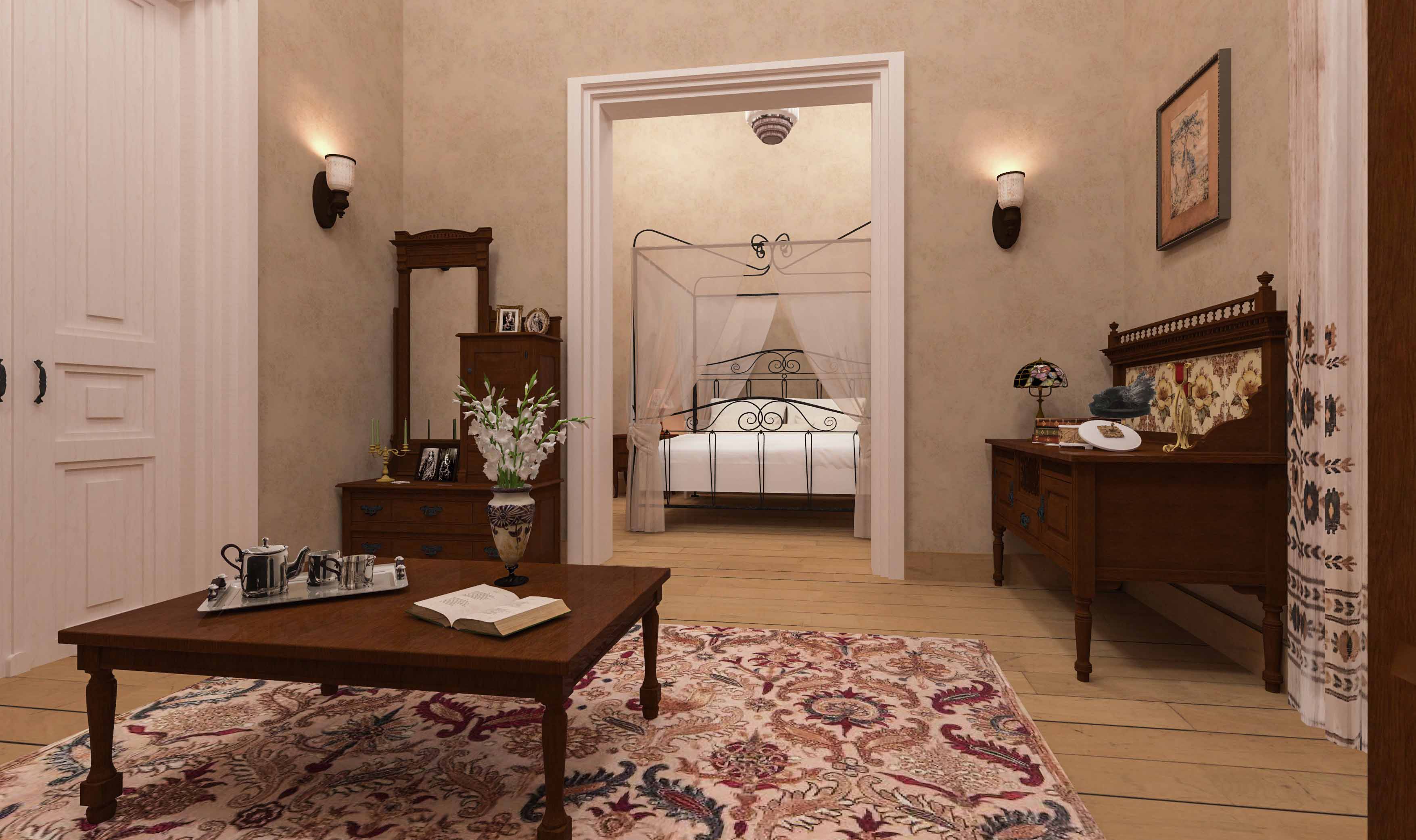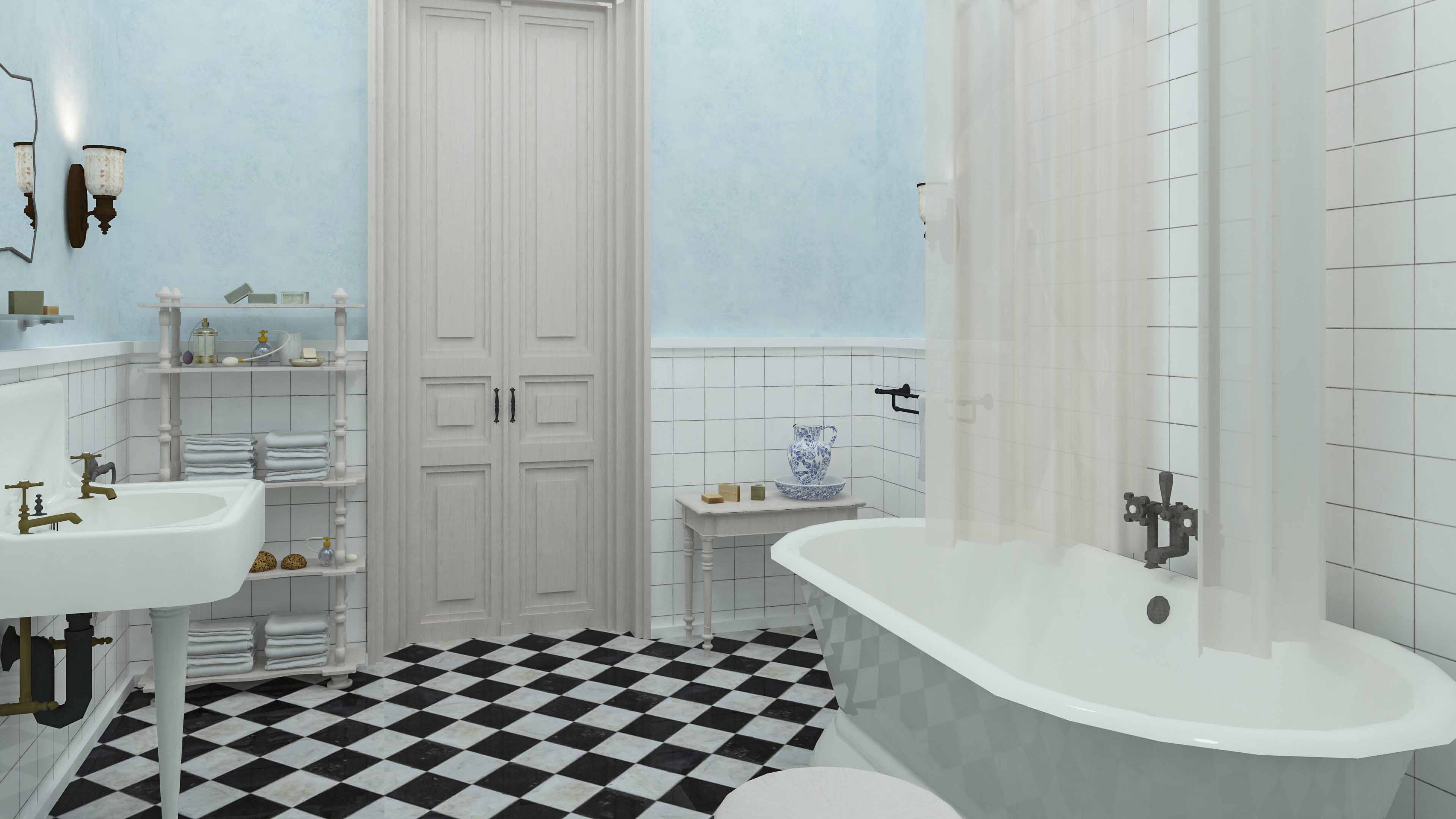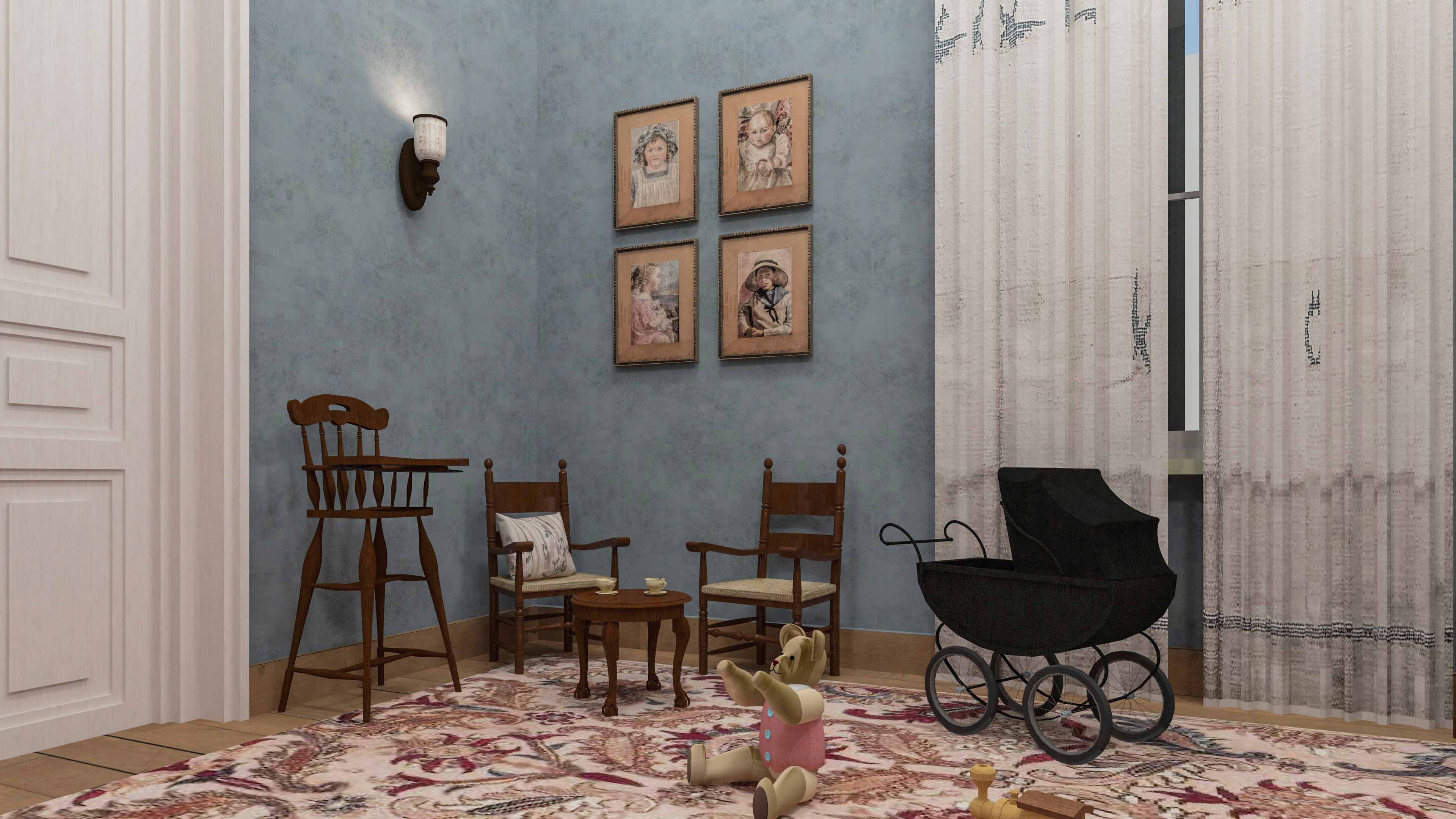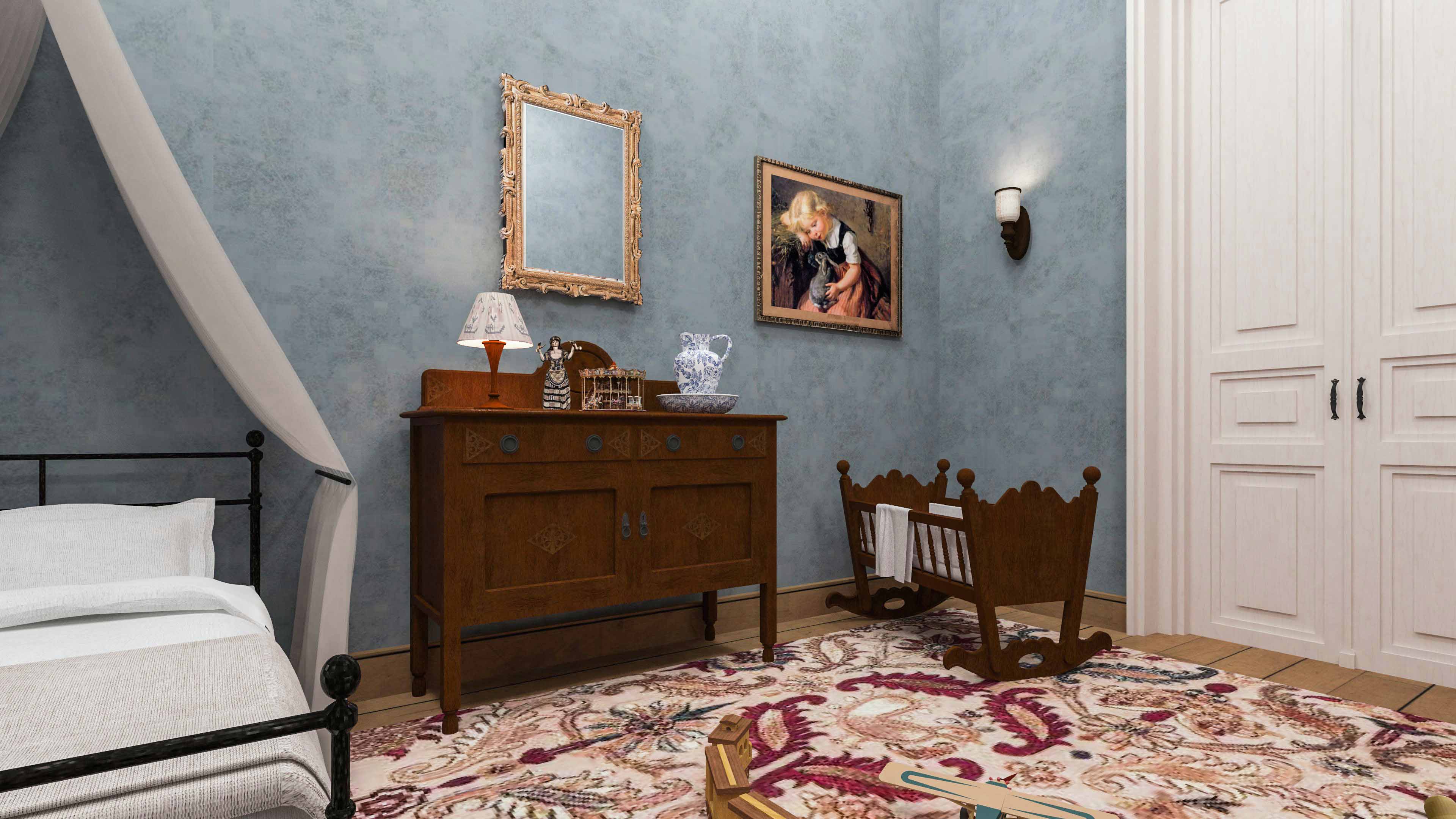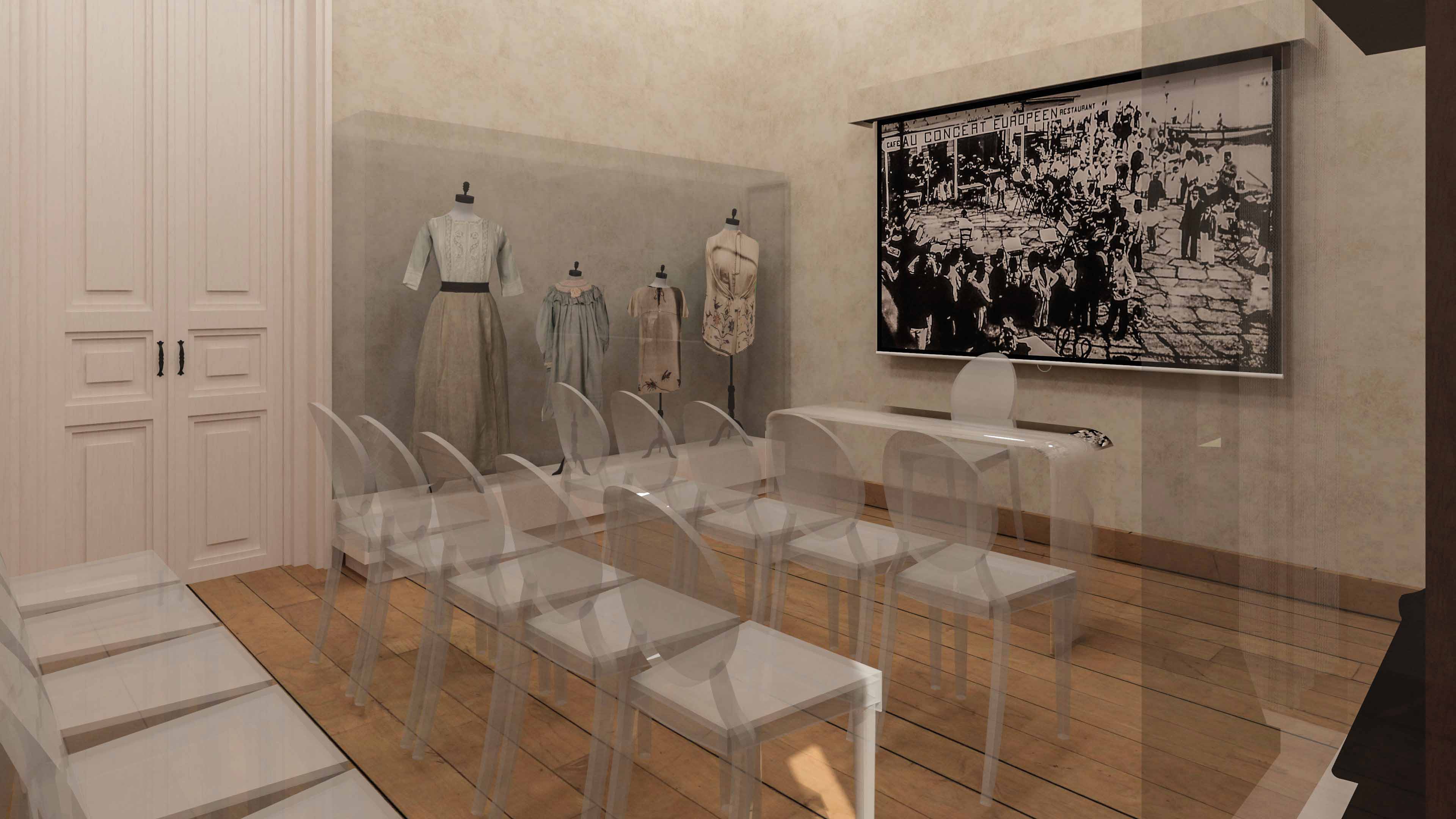Despite the fact that the rural culture of Crete (folklore issues, etc.) has been sufficiently highlighted through a significant number of historical folklore museums on the island, the same does not happen for urban culture as it develops especially in the period of the Cretan State. Thus, the purpose of the project is to highlight the bourgeois culture of the Cretan State and the cosmopolitanism that distinguishes it as a result of the administration of the island by Foreign Powers.
The object of the present work is the reuse of a preserved neoclassical building in Chania and its conversion into a Museum. More specifically, the work deals with the utilization of the historic building of the villa of MP Manousos Koundouros in Halepa, Chania, through the creation of a Museum called Museum - Urban Palace of Manousos Koundouros, where visitors through their journey in space and time they will have the opportunity to revive the daily life of an urban family of this characteristic for Crete Period.
To revive the daily life of an urban family of this era, it is proposed to design a permanent exhibition which will be housed in the building and will include objects that will highlight aspects of privacy, audio and digital applications, as well as information about the historical context of the time.
The exhibits of the proposed exhibition are original objects of this characteristic for Crete of the Period, which were found in specific collections and exhibitions and after being recorded and photographed, grouped into lists. The selection and placement of the objects for the design representation of the proposed configuration of each interior space was made based on interviews conducted, archival, bibliographic and photographic material of the specific historical period.
The placement of the objects and the internal configuration of each interior space-room is approached and implemented in such a way as to form separate thematic units and spaces with a functional character, which function complementarily and are articulated in a single whole which is none other than the urban Cretan Palace.
At the same time, the transformation of the neoclassical building into a museum aims to create a cultural and tourist pole, to broaden the citizens perception of the cultural reserve of the place as well as to raise awareness on issues of newer cultural heritage.




